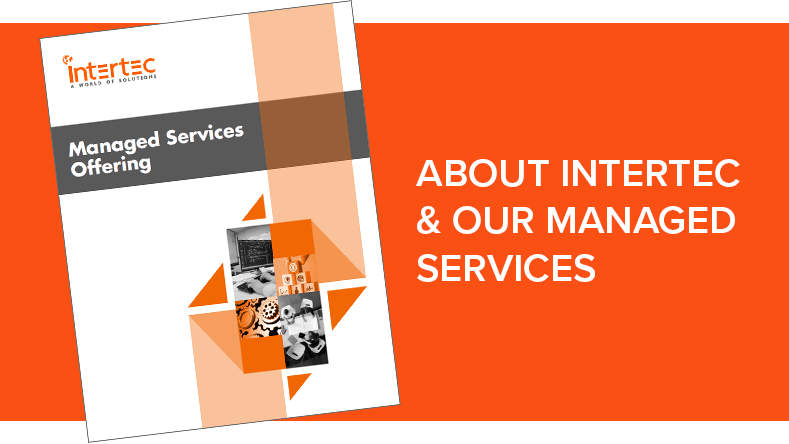Software testing is a critical and necessary component of the software development lifecycle. For any organization adopting new software, it is vital that it is tested for quality and functionality. For this reason, companies perform test engineering and quality assurance testing. These tests confirm that a software product meets the end users’ requirements and a company’s business needs, enabling them to perform efficiently. Most companies are on the same page in understanding the vitality of quality assurance (QA) testing, but not all agree on the best methods of doing so. To ensure that your quality assurance practices provide you with the best possible results, here are the six best practices to conduct during software testing.

1. Create a Test Plan
First and foremost, an organization must set explicit goals and requirements for its testing process. To ensure that the desired outcome is achieved, QA teams must determine their client’s expectations and testing requirements. In terms of client expectations, it is vital that the QA team utilize a client-oriented approach. The party conducting testing should be aware of client issues and clearly understand what they hope to achieve through testing. Without this information, it will be challenging to determine the success of tests if there are no desired results to compare to. It is also important to decide on a method of communication between the provider and client, ensuring that reporting results can be shared and discussed.
Once goals and requirements are set, it is time to create a test plan and workflow. The test plan should guide the testing process throughout development and lay out the specific scope of tasks for the, deadline, and pricing. Next, the QA team will gather information on the domain of the tested software, providing them the information to understand the specific requirements that the software product needs to meet. Without a clear test plan, the QA team may not know what to look for, leaving the results unusable. Following this, the QA team can move on to testing.
2. Compliance Testing
A significant practice to consider during the QA process is compliance testing. As each industry and jurisdiction has its own regulations and standards that businesses must follow, it is critical that your QA team thoroughly understand these and follow them. If regulations go ignored, a company could face significant financial and legal repercussions.
The best way to ensure that compliance testing is conducted thoroughly and accurately is by obtaining the help of a professional QA team such as an MSP. An MSP has the expertise and knowledge to perform any testing according to regulations, ensuring that it is done in compliance with industry regulations. As many company's internal teams may not have as thorough an understanding of compliance, this assistance is invaluable. With an expert QA team, you can rest assured that you are avoiding expensive fines and faulty software.
3. Incorporate Automation
Traditionally, QA and software testing has been conducted manually. This requires test engineers to run test cases manually, identifying any deviations in behavior throughout the software. While this is still a feasible software testing method, it can be tedious and time-consuming and runs the risk of human error.
Alternatively, combining manual testing with automation is a highly efficient method of testing. When using automation during the testing process, tests are performed automatically using scripts and automation testing tools. As a result, testing is completed faster and more accurately at no strain on the QA team. The combination of both methods allows for efficient and accurate testing, saving time and improving product quality.
4. Variety of Testing Methods
Another best practice to consider is utilizing a wide variety of testing methods. To identify possible deviations and errors, you must perform numerous tests. That being said, you can test too much – providing you with unnecessary results and an increased cost. For this reason, it is essential to find a provider with a broad range of tests but a clear understand of each so that they only perform the tests applicable to your needs.
Tests to look for in a QA testing provider may include:
- White and black box testing
- Smoke testing
- Integration testing
- Functional and non-functional testing
- Maintenance testing
- Automation testing
- Mobile testing
5. Support Throughout Test Cycles
During the QA testing process, it is possible that problems will arise. For this reason, it is essential to have access to 24/7 support during the testing process. This will ensure that if a software testing problem arises, it can be resolved quickly. But, for companies with an internal QA team, 24/7 support is not always an option.
Fortunately, with an expert QA team such as an MSP, you can guarantee full-time support without asking your internal team to monitor testing overnight. Not only will an MSP provide troubleshooting and support at all times, but they can also help prevent problems from arising. By monitoring the testing process, MSPs can identify and solve errors before they become damaging, ensuring that the testing process is completed efficiently.
6. Expert Testing Experience
The QA testing process ensures that the software a company implements and develops can function and perform as designed. While software testing is complex and requires considerable time and resources, it is necessary to ensure high-quality product development. If testing is done incorrectly, poorly functioning software can set a company back significantly. For this reason, it is vital that companies obtain the best possible help during the software and QA testing process.
In utilizing an MSP, companies can equip themselves with an expert QA team. An MSP will provide its clients with 24/7 assistance, in addition to the knowledge and experience to create a unique testing plan and deploy it. With the help of an MSP, businesses can significantly speed up testing without compromising the effectiveness or quality of their software during the testing stages.
Outsource Your QA Testing
With extensive experience in performing the whole QA cycle, your MSP will ensure the completeness and quality of the final application. With a completed software that has passed all tests will flying colors, you can implement your new software into your organization quickly and efficiently. By choosing an expert QA team, businesses can optimize the quality assurance process. What once was a complicated and strenuous process can now be smooth, controllable, and efficient.









